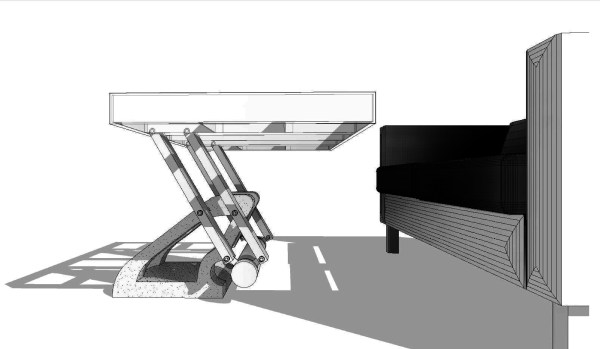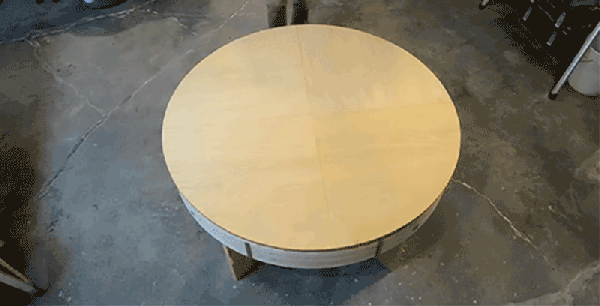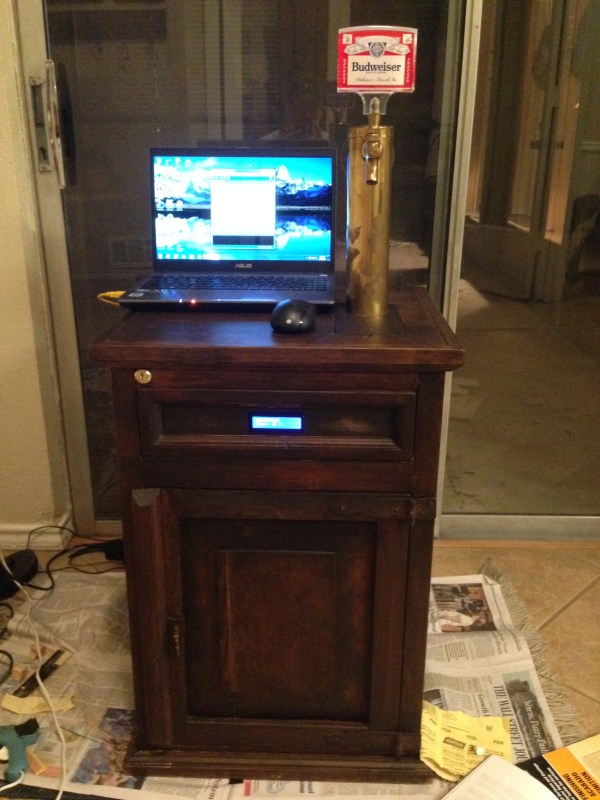[John Heisz] was contemplating the secrets of the universe when an errant thought led him to wonder, could I use a sheet of paper as the blade in my table saw?
He takes a sheet of regular printer paper, draws a circle on it the same diameter as his regular blades, and cuts it out. He then bolts it into place on the spindle, slots in the table saw insert for really really thin kerf blades, and fires it up.
The blade is surprisingly dangerous. One would maybe expect a paper blade to be minimally damaging to a finger at best, but it quickly shows itself to be capable of tearing through paper and cutting through wood at a reasonable clip. Since the paper is minimally conductive, a SawStop couldn’t save someone from a lack of caution.
The blade finally meets its match half way through a half-inch thick piece of wood scrap. Wood and paper dust explode outward as the experiment ends. Video after the break.
Continue reading “Stop Buying Expensive Circular Saw Blades, Use Paper Instead”



















